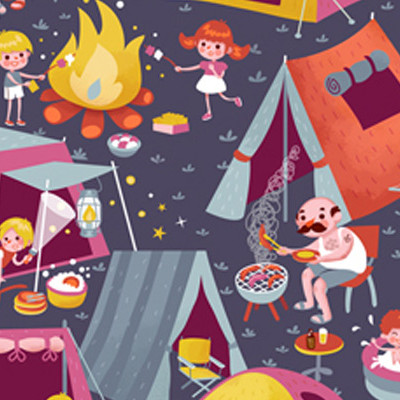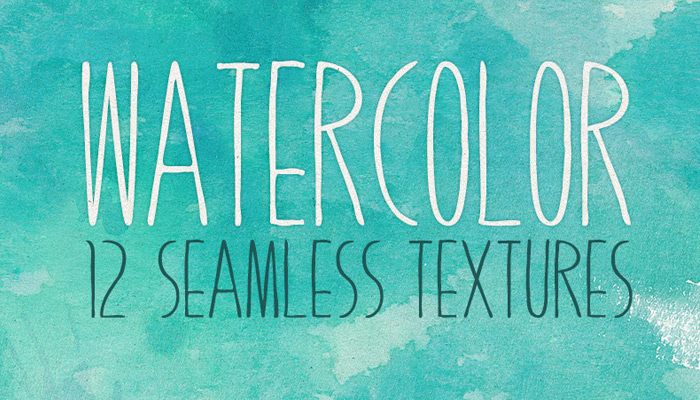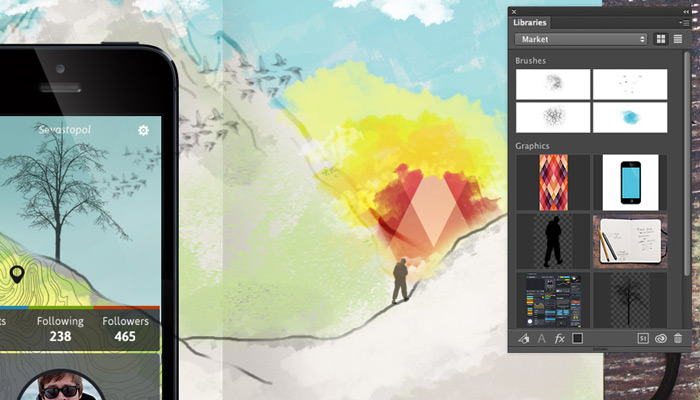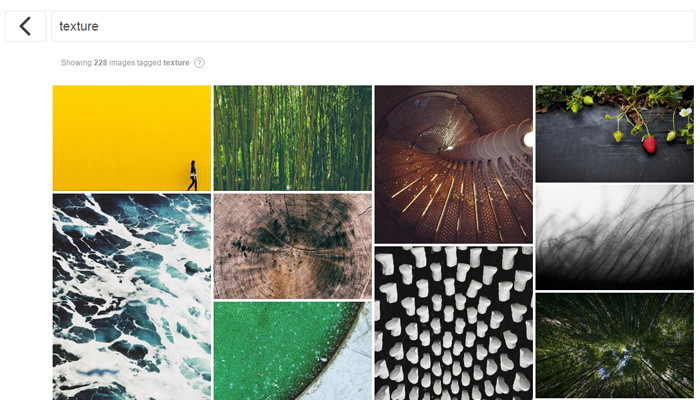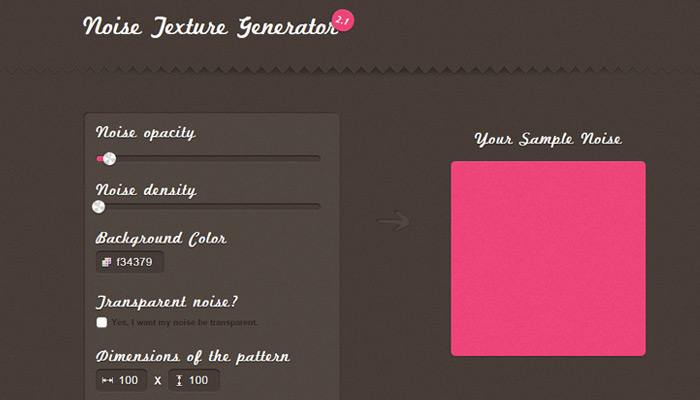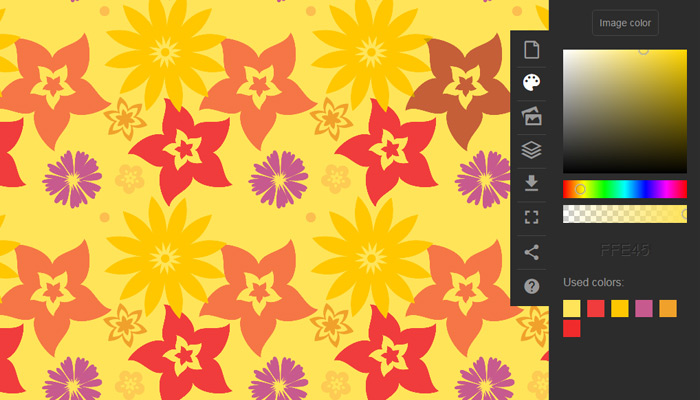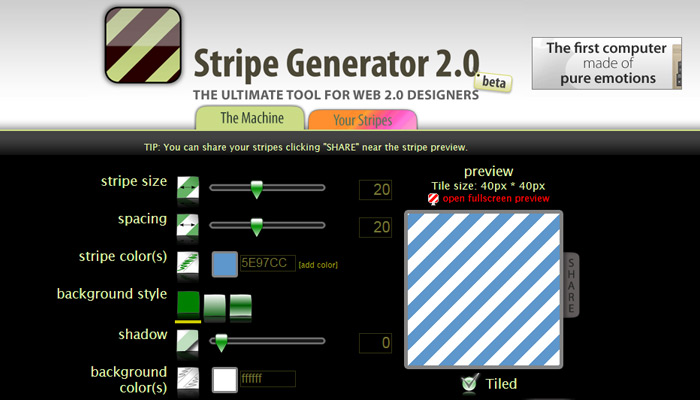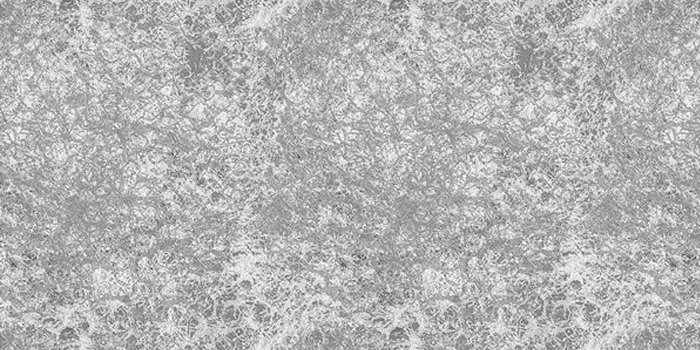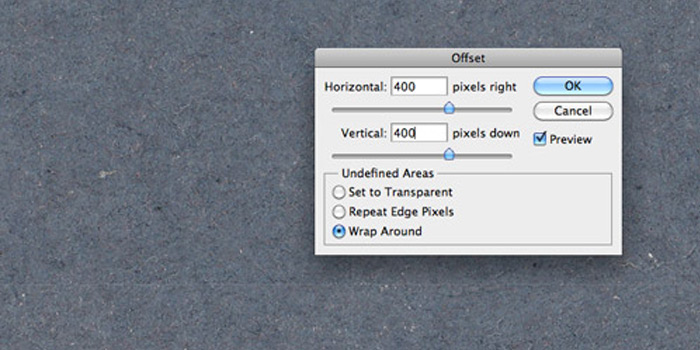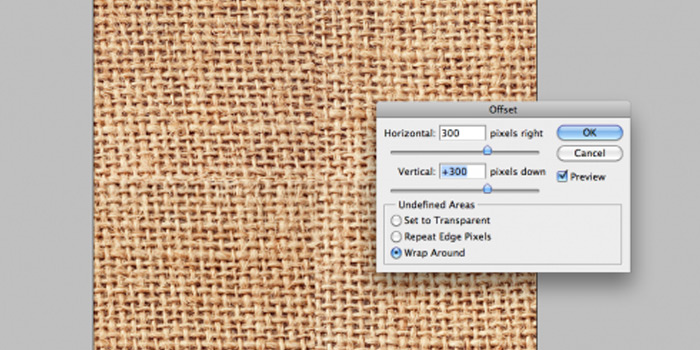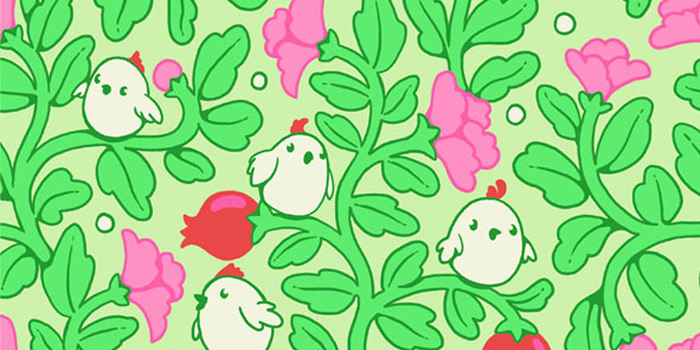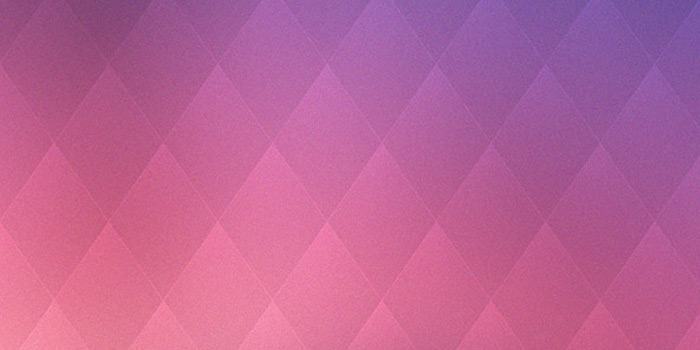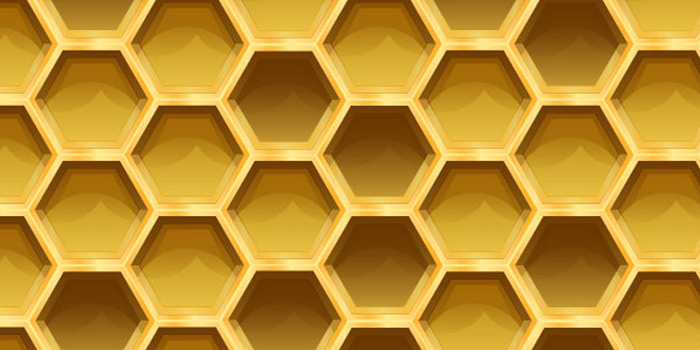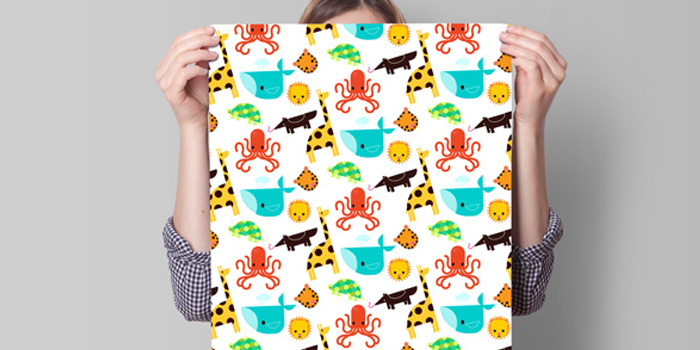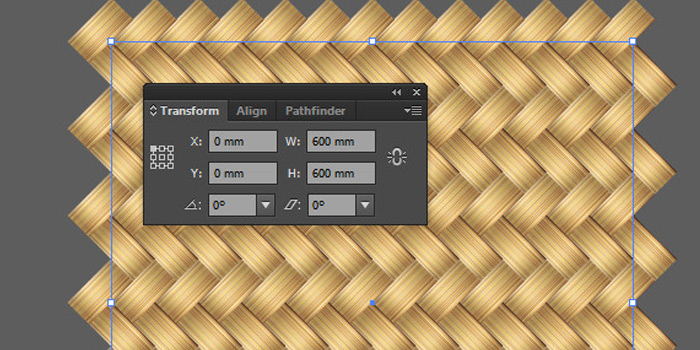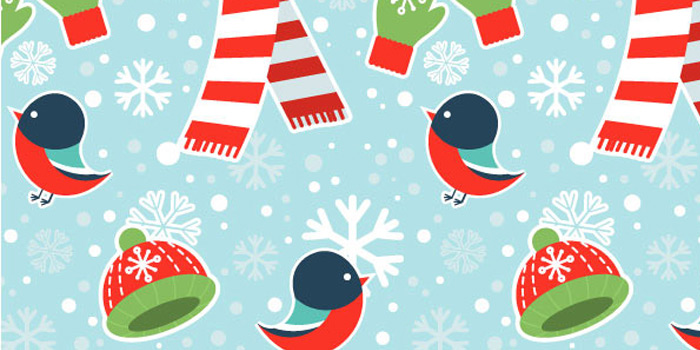Tools & Resources for Creating Seamless Patterns
It takes real skill to create a usable design from nothing but imagination. However the creative part is only the first half of the puzzle – the rest is figuring out how to technically create your idea.
Programs like Photoshop and Sketch are industry standards and once you learn how to use them you’ll command immeasurable power over your creative ideas.
If you’ve never created seamless patterns before then you may feel intimidated by the whole process. Luckily there are some exciting new tools and plugins which offer assistance to interface designers. I’ll offer a few tips for getting started with patterns & free resources to get you moving on the right path.
Tileable Icons vs. Textures
It should be noted there’s a difference between a tileable pattern & tileable texture. Most textures are manipulated from photographs or scanned images of real-life textures. This is because it’s incredibly hard to manifest realistic textures armed only with a graphic design program.
Alternatively tileable icons can be made with only digital tools. If you know how to create illustrations, icons, and/or graphics then you can pair them together into a seamless tile.
Both types of patterns can work great in different situations. Each project will call for different styles and as the designer you should be able to create any of them.
As you might imagine, it’s technically easier to create a repeating texture than icons. Not everyone is a good illustrator and thus may not be able to create the icons at all, let alone create a seamless tile from them.
But you can also work with free patterns to get started and learn how they’re built. It takes a little perspicacity to understand pattern design but with great examples you can get there.
The important thing to remember is that tileable patterns come in a few different styles. You should try to learn them all but when first getting started you really should focus on 1 particular style – and most of the time it’s easiest to stick with textures.
Digital Textures
Not every designer is a photographer so it’s not always easy to come across usable license-free images. Alternatively if you have textures lying around the house you could try scanning them into your computer.
But perhaps the quickest way to access digital textures would be through a photo library. Professional photographers often grab shots and sell them to premium libraries for designers to purchase and use in their work.
One of the most recent libraries is the Adobe Assets collection released alongside Creative Cloud. It’s only been around for a couple years but contains a voluminous collection of environments, people, animals, and certainly textures.
If you purchase these photos with full rights then you can use them however you see fit. Many designers will create a “textures” folder on their computer full of usable texture images.
Designers who aren’t photographers should really consider using a texture library. Texturevault is another great resource for premium items.
But if you’re stretched for cash take a look at the free photo engines like FindA.Photo or Pexels. Quantity may be limited but you have a good chance of finding something that works under an open source CC0 license.
Online Pattern Generators
Some very simple patterns can be generated without the need for photographs or icons. One particular example is the Noise Generator webapp that generates a tileable color with digital noise added into the mix.
It’s completely free and can be a little easier than making this same pattern in Photoshop. Since the tile is pre-built to repeat seamlessly you don’t need to make any last-minute adjustments.
A very similar web application is Noise PNG which generates dynamic noise and shows a preview on the screen. It behaves almost identically to Noise Texture Generator so you can’t go wrong with either one.
Moving into the iconographic side of things we have BG Patterns. This free webapp can be used to style dynamic patterns including icons, illustrations, and even photographs.
It’s not the easiest thing to use but once you get the hang of how it works you’ll be amazed at what’s possible.
But perhaps one of my favorite go-to webapps is Stripe Generator. It’ll create striped tiles at various orientations, sizes, and colors.
It’s completely free and very easy to use.
A slightly more complicated app named Patternizer follows a similar methodology. Patternizer has a few more settings and thus it’s a tad more complicated. Overall these are both terrific choices if you need a quick striped pattern in a hurry.
Designing Patterns from Scratch
If you really want to learn the technical skills then you’ll need to practice. This may present a problem to newbies considering they don’t have the necessary skills to practice.
The solution is to follow online tutorials and learn from other professionals. Most tuts use the Adobe software using either Photoshop or Illustrator.
Photoshop is more for textures and custom FX applied to bitmap images while Illustrator is made for icons and vector patterns.
You may prefer one style over the other but you should study both to develop competency as a skilled graphic designer.
Photoshop Tutorials
If you want to start with Photoshop then follow along with any of these tutorials that catch your attention. Some work with illustrated elements but others rely on filters and textured photos.
Illustrator Tutorials
Adobe Illustrator was basically made for vector work. Since the canvas size is malleable it works great for custom-made patterns. If you already have illustration skills then try following these tutorials which focus your energy beyond illustration and into seamless pattern generation.
Practice Makes Perfect
If there’s one true maxim of creative work it’s that practice makes perfect(or as my art teacher says, practice makes permanent). The more you practice the more you’ll screw up but you’ll also learn along the way. Stick with it and over time you’ll be creating patterns the same way you sleep or breathe: passively and involuntarily.
Read More at Tools & Resources for Creating Seamless Patterns
